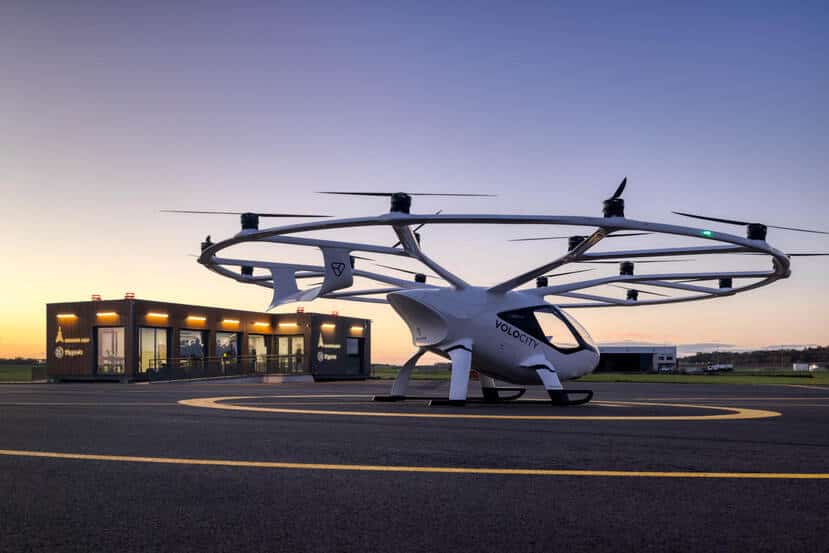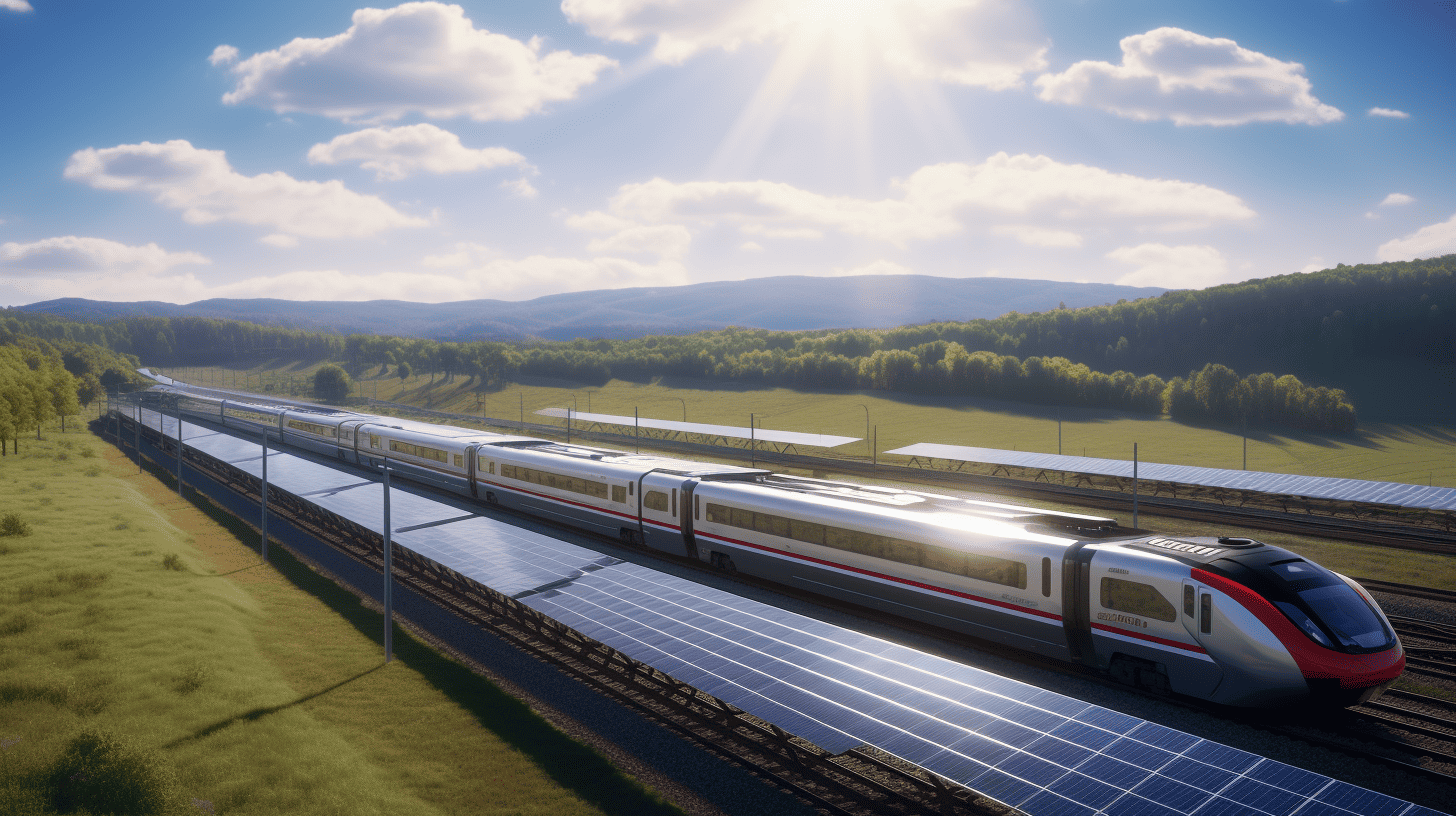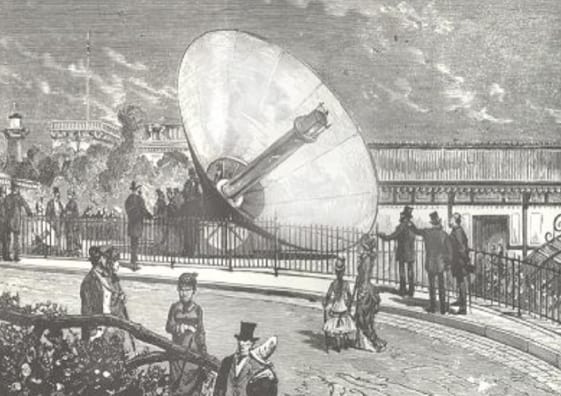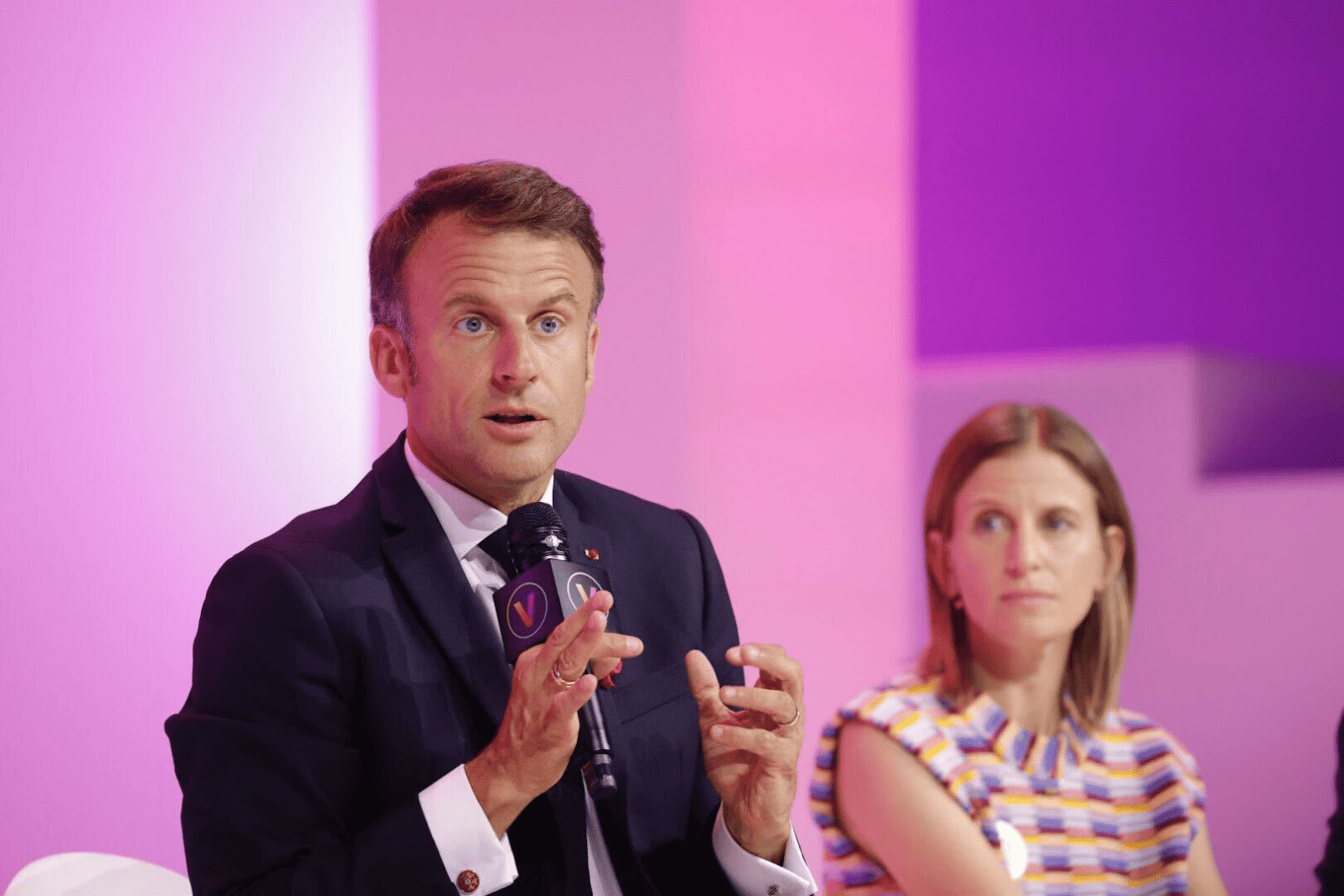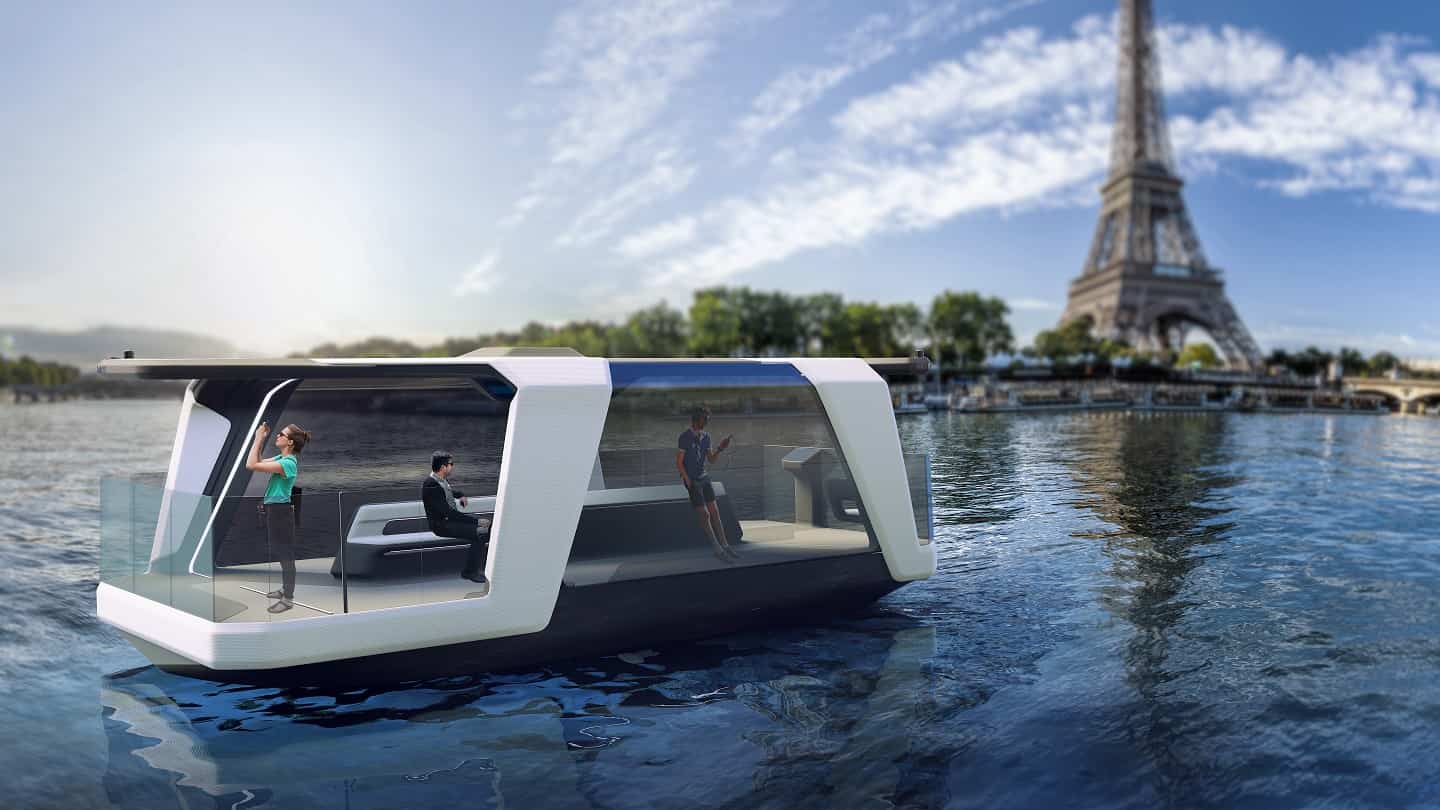
Holland Shipyards Group, Sequana Développement, and Roboat have won a national call by Voies Navigables de France to create an autonomous passenger boat. The consortium’s ambitious project features the largest 3D-printed autonomous ferry ever built, boasting a state-of-the-art design and eco-friendly credentials. With electric propulsion and a hull crafted from recycled materials, this innovative watercraft aims to tackle urban mobility challenges and reduce emissions. Set to debut in summer 2024, the ferry will transport athletes and visitors during the Paris Olympics, showcasing a new era of green transport solutions. As Leendert Hoogendoorn, director of Holland Shipyards Group, puts it, the 3D-printing method “opens up a new exciting chapter in shipbuilding.”
A new chapter in shipbuilding
The groundbreaking ferry, measuring 9 metres by 3.9 metres, represents an impressive leap in shipbuilding technology. Utilising 3D printing for the ferry’s construction not only saves resources but also reduces waste in the building process. The hull, made from recycled material, further demonstrates the commitment to sustainability in this project. Moreover, the electric propulsion system eliminates the need for fossil fuels, reducing the ferry’s carbon footprint.
Automatic mooring and charging capabilities add another layer of innovation to this autonomous vessel. By eliminating the need for manual intervention, the ferry offers a glimpse into the future of waterborne transportation. Its deployment during the 2024 Olympics in Paris will provide an opportunity for the world to witness this cutting-edge technology in action.
Addressing urban mobility challenges
As cities around the globe grapple with growing congestion and the need for sustainable transportation solutions, autonomous electric ferries present a promising alternative. By making better use of waterways, these ferries have the potential to alleviate city traffic while reducing emissions. Ynse Deinema, CEO of Roboat, envisions a future where “autonomous ferries will create new connections over existing waterways in cities worldwide”.
Sequana Développement, one of the consortium members, has been operating electric passenger boats in Paris since 2007. Their experience in the field, combined with Roboat’s expertise in autonomous navigation for inland waterways vessels, makes this collaboration well-suited to tackle the urban mobility challenges associated with the Olympics.
A showcase for sustainability at the Paris Olympics
The Paris Olympics are set to be a showcase for sustainable innovation, and the 3D-printed autonomous ferry will play a key role in that vision. Visitors and athletes will have the opportunity to experience this environmentally friendly mode of transport, which is expected to be deployed in a strategically chosen location near major sporting events.
The ferry’s debut during the Olympics will not only draw attention to the potential of green transport solutions but also put the spotlight on the companies behind the project. Holland Shipyards Group, Sequana Développement, and Roboat have demonstrated their dedication to pushing the boundaries of shipbuilding and urban mobility through this pioneering endeavour.
The future of autonomous electric ferries
As the world continues to seek sustainable solutions to urban mobility challenges, the success of the 3D-printed autonomous ferry in Paris could have far-reaching implications. Its innovative design and eco-friendly features may pave the way for more cities to adopt this technology in their waterborne transportation systems.
With the 2024 Paris Olympics fast approaching, all eyes will be on this revolutionary vessel as it transports athletes and visitors while showcasing the possibilities of green transport. The collaborative efforts of Holland Shipyards Group, Sequana Développement, and Roboat have the potential to transform the future of urban mobility worldwide.



